The Web has entered an unfair culture where big tech companies offer free applications in exchange for the right to sell our user-generated content.

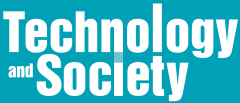

The Web has entered an unfair culture where big tech companies offer free applications in exchange for the right to sell our user-generated content.

The technologies being investigated may hold a promising future for the elderly population, allowing people to continue to live inside their homes while aging.
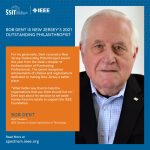
You don’t need to be a millionaire to be a philanthropist.

Hackathons and other well-intentioned efforts to solve social problems using technology must also include the meaningful participation of affected individuals… Read More

AI4Eq — Mark your calendars for Wednesday, Oct 27 from 9 AM – 5 PM (EDT)
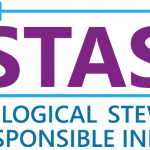
Second International Workshop on Artificial Intelligence for Equity (AI4Eq) Against Modern Indentured Servitude

PIT acknowledges that technological potential can be harnessed to satisfy the needs of civil society. In other words, technology can be seen as a public good that can benefit all, through an open democratic system of governance, with open data initiatives, open technologies, and open systems/ecosystems designed for the collective good, as defined by respective communities that will be utilizing them.

Get a FREE SSIT Membership by registering for our flagship conference, ISTAS 2021!

As the COVID-19 pandemic shows, crises can catalyze socio-technical changes at a speed and scale otherwise thought impossible. Crises expose the fragility and resilience of our sociotechnical systems – from healthcare to financial markets, internet connectivity, and local communities.
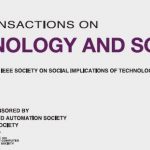
An element of the expansion of digital technologies is a shift in Artificial Intelligence (AI) technology from research laboratories into the hands of anyone with a smartphone. AI powered search, personalization and automation are being deployed across sectors, from education to healthcare, to policing, to finance. Wide AI diffusion is then reshaping the way organizations, communities and individuals’ function. The potentially radical consequences of AI have pushed nation states across the globe to publish strategies on how they seek to shape, drive and leverage the disruptive capabilities offered by AI technologies to bolster their prosperity and security.

Critical thinking is a mainstream part of some educational traditions, but is it universally valued? Only some truths have an objective basis and many others depend on the eye of the beholder. No real society values everyone equally.
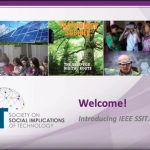
IEEE SSIT: Who we are, what we care about, and our history within the IEEE organization.

Systems can be designed using methodologies like value-sensitive design, and operationalized, to produce socio-technical solutions to support or complement policies that address environmental sustainability, social justice, or public health. Such systems are then deployed in order to promote the public interest or enable users to act (individually and at scale) in a way that is in the public interest toward individual and communal empowerment.

The nuclear anxiety of the Cold War now seems quaint. While speculative writers of the late 20th-early 21st centuries have largely relegated nukes to the past, the situation at San Onofre reminds us of our sins — of assuming the future would take care of the future. The U.S. Nuclear Regulatory Commission enabled this consensual hallucination. Did it take climate change into consideration?

If you are an undergraduate student interested in examining the social implications of technology, submit your work for a chance to publish your work and win cash prizes!

Reflective thinking allows humans to examine the past with intentionality, learn from what happened, and adapt accordingly. We explore thoughts, feelings, and actions, mine out insights, and enhance awareness.
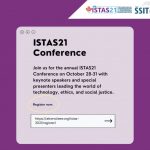
Register Today for ISTAS 2021!

Morris’s book is difficult to read, not only because it is written in reverse chronological order, but because he does not understand the technology he is writing about.
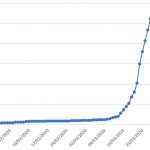
The fiercest public health crisis in a century has elicited cooperative courage and sacrifice across the globe. At the same time, the COVID-19 pandemic is producing severe social, economic, political, and ethical divides, within and between nations. It is reshaping how we engage with each other and how we see the world around us. It urges us to think more deeply on many challenging issues—some of which can perhaps offer opportunities if we handle them well. The transcripts that follow speak to the potency and promise of dialogue. They record two in a continuing series of “COVID-19 In Conversations” hosted by Oxford Prospects and Global Development Institute.
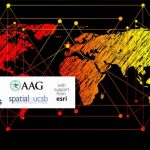
Tuesday, August 10 7:30 pm – 10:45 pm USA Eastern Time (Wednesday Aug 11 9:30 a.m.-12:45 pm Australian Eastern Time)
Webinar: Emerging Location-based Services and Technologies, GeoSurveillance and Social Justice Issues